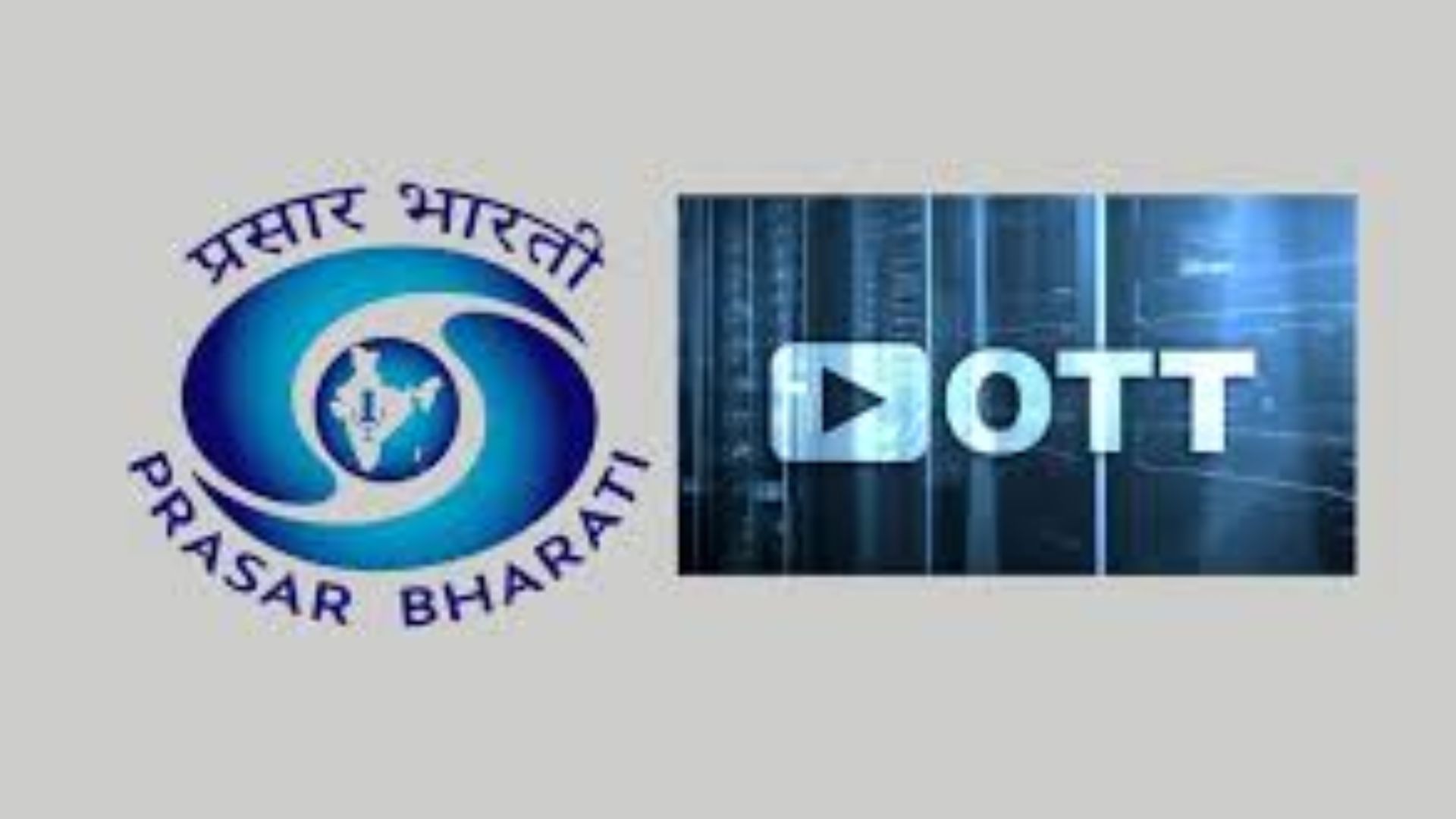The Union Cabinet approved the One Nation-One Election proposal on Wednesday in a move towards conducting simultaneous elections for the Lok Sabha and state Assemblies. According to reports, the bill for these simultaneous polls is expected to be presented during the upcoming winter session of Parliament. This decision followed the presentation of a report from a high-level committee led by former president Ram Nath Kovind to the Union Cabinet.
In March of this year, a high-level committee led by former President Ram Nath Kovind recommended the implementation of simultaneous elections, commonly known as ‘One Nation, One Election’ for the Lok Sabha and state assemblies, followed by synchronized local body elections within 100 days. Union Government formed a ‘High Level Committee on One Nation, One Election,’ in September 2023 with former President Ramnath Kovind at its helm. This Committee interacted with national and state political parties and solicited feedback from the public and legal experts.
The proposal has raised concerns regarding its implications for India’s democratic framework and federal structure. Despite the BJP’s minority status, the NDA government plans to move forward with ‘One Nation, One Election’ during its current term. Since leading the BJP to a majority in 2014, Prime Minister Narendra Modi has consistently supported the idea of conducting elections for the Lok Sabha, all state legislative assemblies, and urban and rural local bodies simultaneously.
Idea of One Nation-One Election (ONOE)
The ONOE concept suggests that all state elections would be held simultaneously with the general elections for the Lok Sabha, occurring every five years. This approach aims to streamline the electoral process, reducing the frequency of elections to conserve time and resources.
The notion has existed since 1983, initially proposed by the Election Commission, although simultaneous elections were standard in India until 1967. The first General Elections for the Lok Sabha and all State Legislative Assemblies took place together in 1951-52, a practice that continued through the elections of 1957, 1962, and 1967. However, disruptions began in 1968 and 1969 due to the early dissolution of some Legislative Assemblies, and the Lok Sabha itself was dissolved prematurely in 1970, resulting in only three Lok Sabha terms being completed in full.
One Nation-One Elections in other countries
In South Africa, both national and provincial elections occur every five years, with municipal elections held two years later. Sweden holds national and provincial elections, along with local body elections, every four years on a set date in September. In the UK, the Fixed-term Parliaments Act of 2011 introduced a regular schedule for parliamentary elections, establishing a framework for predictable election cycles.
Read More: One Nation One Election Gets Green Signal By Cabinet
Benefits of One Nation-One Elections
Reducing Governance Distractions:
Frequent elections shift focus from governance to campaigning, creating administrative paralysis that can impede India’s growth and effective governance.
Impact of Model Code:
The Model Code of Conduct during elections hampers key policy decisions at both national and local levels, leading to delays in ongoing projects due to election-related responsibilities.
Addressing Political Corruption:
The necessity for substantial fundraising for each election contributes to political corruption. Simultaneous elections could significantly lower expenses for political parties and reduce the pressure for multiple donations from the public and businesses.
Cost Savings and Electoral Infrastructure:
The 1951-52 Lok Sabha elections involved 53 parties and approximately 1,874 candidates, with costs around ₹11 crore. In contrast, the 2019 elections saw 610 parties and around 9,000 candidates, leading to expenses estimated at ₹60,000 crore. While initial investments in infrastructure are needed, using the same electoral rolls for all elections could result in significant long-term savings.
Citizen Convenience:
Holding elections simultaneously can alleviate concerns over missing names from voter lists, streamlining the voting process and enhancing reliability for citizens.
Optimizing Law Enforcement Resources:
Elections require extensive deployment of police and paramilitary forces, which can divert them from critical functions. Simultaneous elections could reduce these demands, optimizing resource use.
Curbing Horse-Trading:
Regular election intervals may diminish the potential for representatives to switch parties or form alliances for personal benefit, aligning with anti-defection laws.
Financial Stability for State Governments:
Frequent elections often lead to state governments promising freebies to attract voters, straining their finances. Holding simultaneous elections could alleviate this financial burden.
Challenges Associated with ONOE
Constitutional Concerns and Mid-Tenure Collapse:
The Constitution mandates five-year terms for the Lok Sabha and State Assemblies unless dissolved earlier. ONOE raises issues regarding what happens if a government collapses mid-term, complicating the constitutional framework.
Logistical Challenges:
Implementing ONOE would present significant logistical hurdles, such as ensuring the availability and security of electronic voting machines and personnel.
Federalism Concerns and Law Commission Findings:
ONOE conflicts with India’s federal structure as outlined in Article 1, risking the autonomy of state governments and increasing the potential for conflict between the Center and states. The Law Commission, led by Justice B. S. Chauhan, has indicated that simultaneous elections are not feasible under the current constitutional setup.
Recurrence of Elections and Democratic Benefits:
The current system of frequent elections allows voters to voice their opinions regularly, ensuring that state and national issues remain distinct and accountability is upheld.
Biased Democratic Structure:
A 2015 study indicated a higher probability of the same party winning both Lok Sabha and Assembly elections when held simultaneously, compared to when elections are spaced apart.
Cost Implications and Economic Considerations:
Estimates regarding the costs of simultaneous elections reveal conflicting data. Although synchronizing elections might reduce long-term costs per voter, initial expenses related to deploying more electronic voting machines could rise. Additionally, election spending, despite potential short-term increases, may ultimately benefit the economy.
Legal Concerns:
Introducing a unified election process could contravene constitutional principles, as noted in the S.R. Bommai case, emphasizing the independent status of states.
Language Bias in the Consultation Process:
The High-Level Committee’s consultation process has been criticized for potential bias and exclusion, as its website is only available in English and Hindi, ignoring India’s diverse linguistic landscape.
Way Forward
Building Consensus:
Achieving consensus among political parties and states is essential for the success of simultaneous elections. This requires open dialogue and collaboration among various stakeholders.
Constitutional Amendments:
Amendments to the Constitution and relevant laws will be necessary to facilitate simultaneous elections, ensuring they meet the requirements of synchronized electoral processes.
Aligning Assembly Terms with Lok Sabha:
One proposal involves aligning the terms of state assemblies with Lok Sabha elections, allowing assemblies whose terms end within six months before or after Lok Sabha elections to coordinate their elections.
Investment in Infrastructure:
Successful implementation will demand significant investment in electoral infrastructure, ensuring adequate supplies of electronic voting machines, polling booths, and trained personnel.
Legal Framework for Contingencies:
A legal framework should be established to address issues such as no-confidence motions or premature dissolutions during the simultaneous election cycle.
Awareness and Voter Education:
It is vital to educate voters about the benefits and challenges of simultaneous elections, ensuring they can participate effectively.
Previous attempts have been made by central and state governments, as well as political parties, to conduct simultaneous elections. Notably, such elections occurred in seven states—Bihar, Bombay, Madras, Mysore, Punjab, Uttar Pradesh, and West Bengal—in 1957. This practice continued until the fourth general elections in 1967. However, as subsequent central governments utilized constitutional provisions to dismiss state governments prematurely and faced frequent collapses of coalition governments, elections began to occur at various times throughout the year.
Also Read: Jammu And Kashmir Assembly Elections 2024: Phase One Polling Begins For 24 seats Amid Tight Security

















